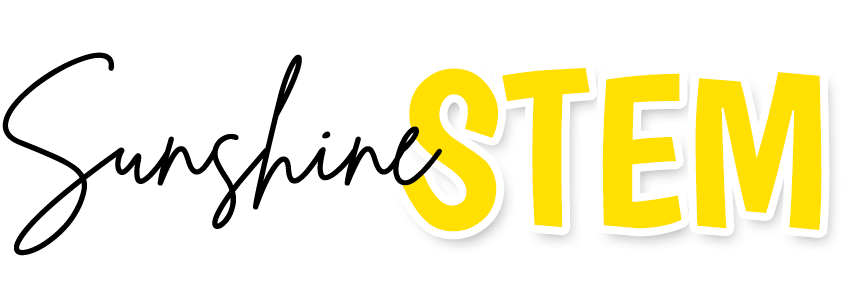Teach Claim, Evidence, Reasoning like a Pro!

Incorporating the Claim, Evidence, and Reasoning approach in education is important for nurturing critical thinking and analytical skills in students. Both in science and language arts, these skills are invaluable for academic success. Introduction to Claim, Evidence, Reasoning serves as a powerful tool that not only helps students understand each component of CER but also enables them to apply this knowledge effectively. By empowering students to construct well-reasoned arguments, analyze information, and communicate effectively, educators can pave the way for a generation of insightful thinkers and problem solvers while hitting standard after standard!
The Importance of CER in Science and Language Arts:
Constructing Logical Arguments: Claim, Evidence, and Reasoning form the backbone of constructing logical and persuasive arguments. In science, students learn to make claims based on experimental observations, support those claims with evidence derived from experiments, and then logically reason why the evidence supports their claim. Similarly, in language arts, students analyze and interpret textual evidence to support their claims about characters, themes, or author’s intent. This process encourages students to think critically and develop their viewpoints. This engaging, concise product is an educational tool designed to help students understand and master the CER process effortlessly. Through an intuitive and interactive platform, students are guided step-by-step through each component, ensuring a solid grasp of the concept.

Claim Clarification
The first step of the CER process is developing a clear and concise claim. This resource provides students with examples and exercises that teach them how to craft strong claims that are specific and focused. For example – what is the difference between a claim and an opinion? This fun student worksheet and Google Slide presentation enable students to understand content and refine their skills independently.

Evidence Collection and Evaluation
Gathering evidence is vital to developing a claim. This resource offers a wide range of scientific experiments, images, and literary texts, each accompanied by guiding questions to help students identify crucial evidence. Moreover, it teaches them how to evaluate the sources to use only the most valid evidence to support their claims.

Reasoning Development
Finally, the last step is the backbone of the CER process. This resource equips students with reasoning frameworks that allow them to connect the dots between the claim and the evidence. Through interactive exercises, students learn how to build logical bridges, draw inferences, and explain why the evidence directly supports their claim.

